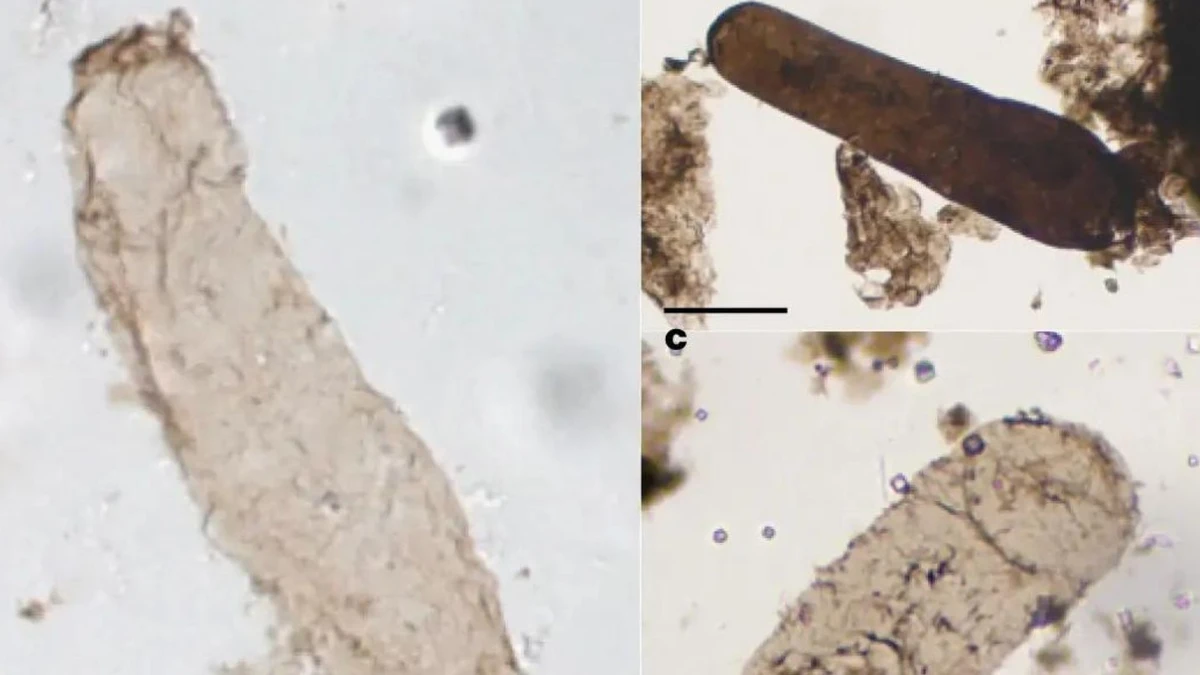Scientists have unearthed fossil evidence suggesting that life on Earth may have originated much earlier than previously believed.

Scientists have unearthed fossil evidence suggesting that life on Earth may have originated much earlier than previously believed. The new findings, published in the journal Nature, center around the identification of the oldest evidence of oxygenic photosynthetic structures in a fossil dating back an astonishing 1.75 billion years. This revelation prompts a significant course correction in our understanding of the timeline of life’s emergence on our planet.
The discovered photosynthetic structures, while relatively basic compared to the complexity of life today, played a pivotal role in the Great Oxygenation Event. This event, a key moment in Earth’s history, contributed to filling the atmosphere with breathable air, laying the foundation for the flourishing of various life forms.
The study, conducted on fossils found in Australia’s McDermott Formation, sheds light on the transformative impact of these ancient photosynthetic structures. Emmanuelle Javaux, a co-author of the study from the University of Liège, explains, “Their production of oxygen led to the accumulation of oxygen and profoundly modified the chemistry of the Earth’s oceans and atmosphere, influencing the evolution of the biosphere, including the development of complex life.”
The newfound evidence of oxygenic photosynthetic structures challenges the previous understanding that life on Earth began approximately half a billion years ago. Instead, it suggests that primitive life forms were already thriving 1.75 billion years ago, equipped with the ability to harness sunlight, water, and carbon dioxide to produce energy and oxygen.
While these ancient photosynthetic structures may appear rudimentary compared to contemporary life, their role in shaping Earth’s environment was monumental. The ability to convert sunlight into energy and oxygen had a cascading effect, paving the way for the diverse ecosystems we observe today.
In a related breakthrough in November 2023, scientists achieved a significant milestone by recreating a chemical reaction that may have led to the formation of complex, self-replicating structures, eventually evolving into living organisms on Earth. The researchers successfully replicated a chain of reactions crucial for the formation of RNA (ribonucleic acid), a key component in the emergence of life.
Quoc Phuong Tran, a PhD Candidate in Prebiotic Chemistry at UNSW Sydney, emphasized the importance of the breakthrough, stating, “We know that whatever chemical reaction created ribonucleotides must have been able to happen in the messy, complicated environment found on our planet billions of years ago.” This achievement brings scientists one step closer to understanding the complex processes that paved the way for life as we know it.
In the context of these recent discoveries, it is evident that our understanding of the origins of life on Earth is undergoing a paradigm shift. The revelation of ancient photosynthetic structures challenges conventional timelines and highlights the resilience and adaptability of life in even the most primitive forms. As researchers continue to unravel the mysteries of our planet’s history, these findings open new avenues for exploration and deepen our appreciation for the intricate tapestry of life on Earth.